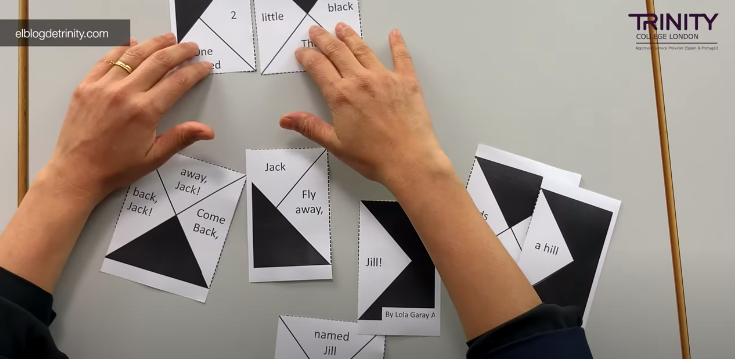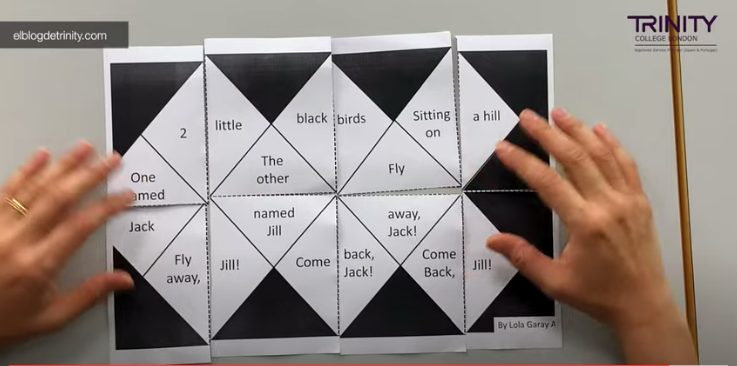Phonology for young minds
- Elena
- Dec 15, 2022
- 2 min read
I attended a free webinar organised by Trinity College London yesterday. In the second half, Lola Garay shared a couple of activities which aim at developing phonological awareness in children. Here’s a quick summary for those who couldn’t make it.
Jigsaw rhyme

Steps:
1) Give out the pieces of the puzzle.

2) Ask the students to find and point to the key words of the rhyme.
3) Say the rhyme. The students are listening and putting the pieces in the correct order.
4) Read it together.
5) The students practise saying the rhyme in pairs.

As an alternative, I would use a different template which might be a bit easier to follow.

Puzzle
This activity encourages students to repeat the rhyme various times.
First, get a picture representing the rhyme and turn it into the puzzle. There are a lot of puzzle generators online! Then, invite the students to practise saying the rhyme and put the puzzle together. Student can take the pieces only when they complete the following challenges, for example,
Complete the jigsaw puzzle from memory (3 times) = 3 pieces
Tell the rhyme to a partner by heart (twice - 2 partners or in open class) = 2 pieces
Translate 6 words of the rhyme into L1 and then back into English = 6 pieces
Back to back dictation
This activity removes body language and lip reading. You can use the same rhyme or change some of the words (adjectives, nouns, number, etc.).
Steps:
1) Student sit back to back in pairs.
2) They take turns to read the texts aloud and write the missing words.
3) Students compare their texts and correct any mistakes.
4) If you use a modified version of the rhyme, then you can ask your students to compare the dictation text with the original rhyme and ask some comprehension questions. For example,
How many birds are there in total?
What colour are the birds on the paper?
On the puzzle?
What are their names?
Adaptation:
- Children draw the missing words.
- Children add the missing letters (focus on spelling) and draw the picture of the word (focus on comprehension).
Comments